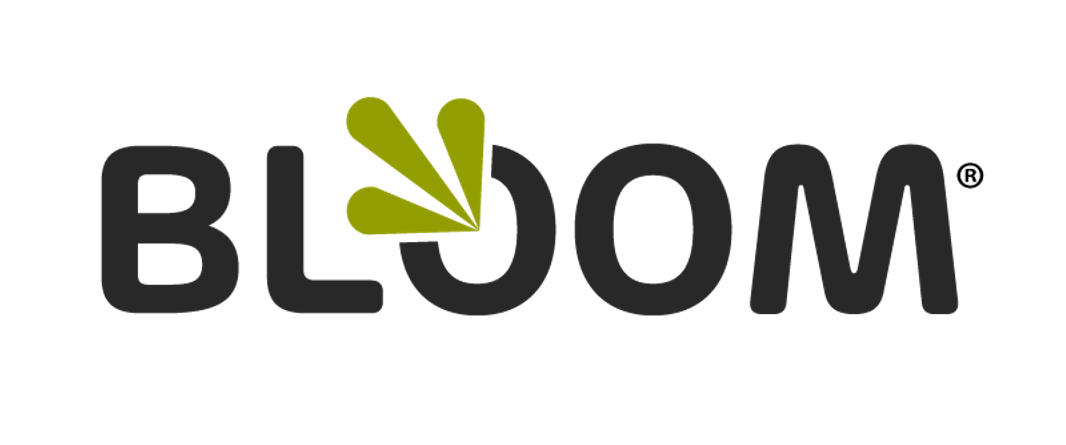Take A Fresh Look at Talent Management: Must-have Integration
Every organization needs these functionalities in its talent management system to be effective:
Recruiting
Position management
Performance management
Goal setting
Succession planning
Learning management
Compensation
Analytics
Information center
Employee access
We’re not talking about maintaining disparate systems here, either. We’re talking about getting each of the above functional areas in one place, enabling them, and requiring them to talk with each other seamlessly. To be effective, these systems must work together, and all too often we at Insight and others in the HR industry find that either pieces are missing or they’re in various stages of implementation or priority. Historically, this kind of fragmentation has been the accepted modus operandi, and it often comes with hefty user-based requirements and price tags.
Fortunately, a clearer and more effective school of thought and practice has emerged, and we’re helping to shed light on its path. After all, talent management is as crucial to the success of small businesses as it is to that of billion-dollar corporations.
Talent management must be strategically aligned with business goals and objectives.
The trick is to determine the overarching growth goals of your organization and to distill what is required to match and relate growth goals of an individual employee per the skills, talents, and aspirations required. Read our blog posts about people development for specifics about the role employee performance plays in your organization's success.
Studies by Bersin & Associates and Cornerstone OnDemand corroborate our own findings: complete talent management system integration is far from the norm
A 6-month study conducted by Bersin & Associates found that 14% of the 460 respondents had no talent management system in place, and 54% had disparate systems. The respondents noted a variety of challenges when it came to implementation, including: lack of executive or IT support, multiple systems in various stages of development or implementation, and multiple systems from multiple vendors. Imagine the efficiencies and valuable information left unharvested!
A co-presentation by Cornerstone OnDemand and Turner Broadcasting at the HR Technology Conference & Expo in Chicago highlighted these successes of talent management strategies:
Lower turnover and less downsizing during the recession
Revenue per employee is 25% higher than those without an integrated talent management system
Star performers produce three times as much as average performers, and Superstar performers product 12 times as much
Josh Bersin since has published and updated the meaning of talent management and its evolution to be the integrated solution for aligning people to strategy in organizations of all sizes.
As you consider your company’s bottom line and its future goals and objectives, consider also the impact that the above findings could have and the role that talent management should play. Are you integrating employee performance and development that contributes to your success, or are you overlooking valuable opportunities?
Learn more about how the BLOOM system has a process that will align your strategy to roles and the development of your people.
